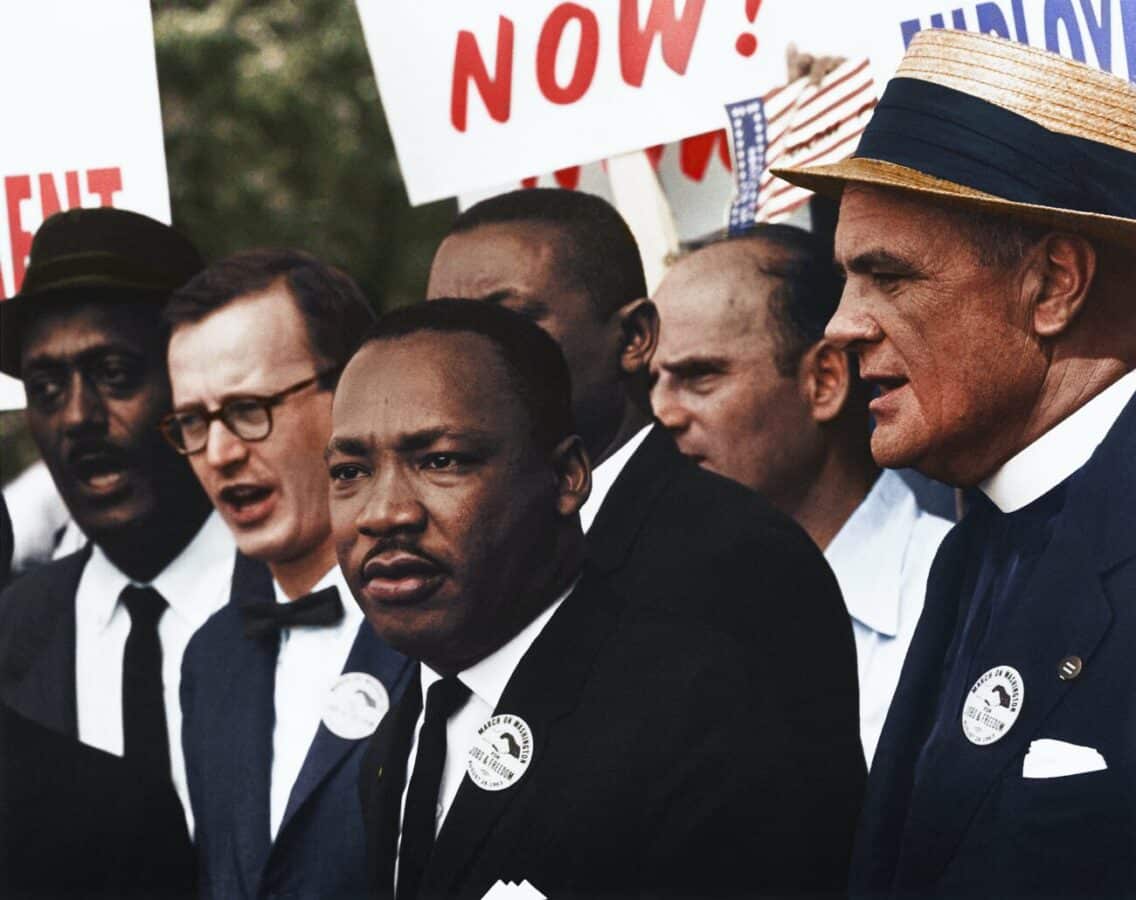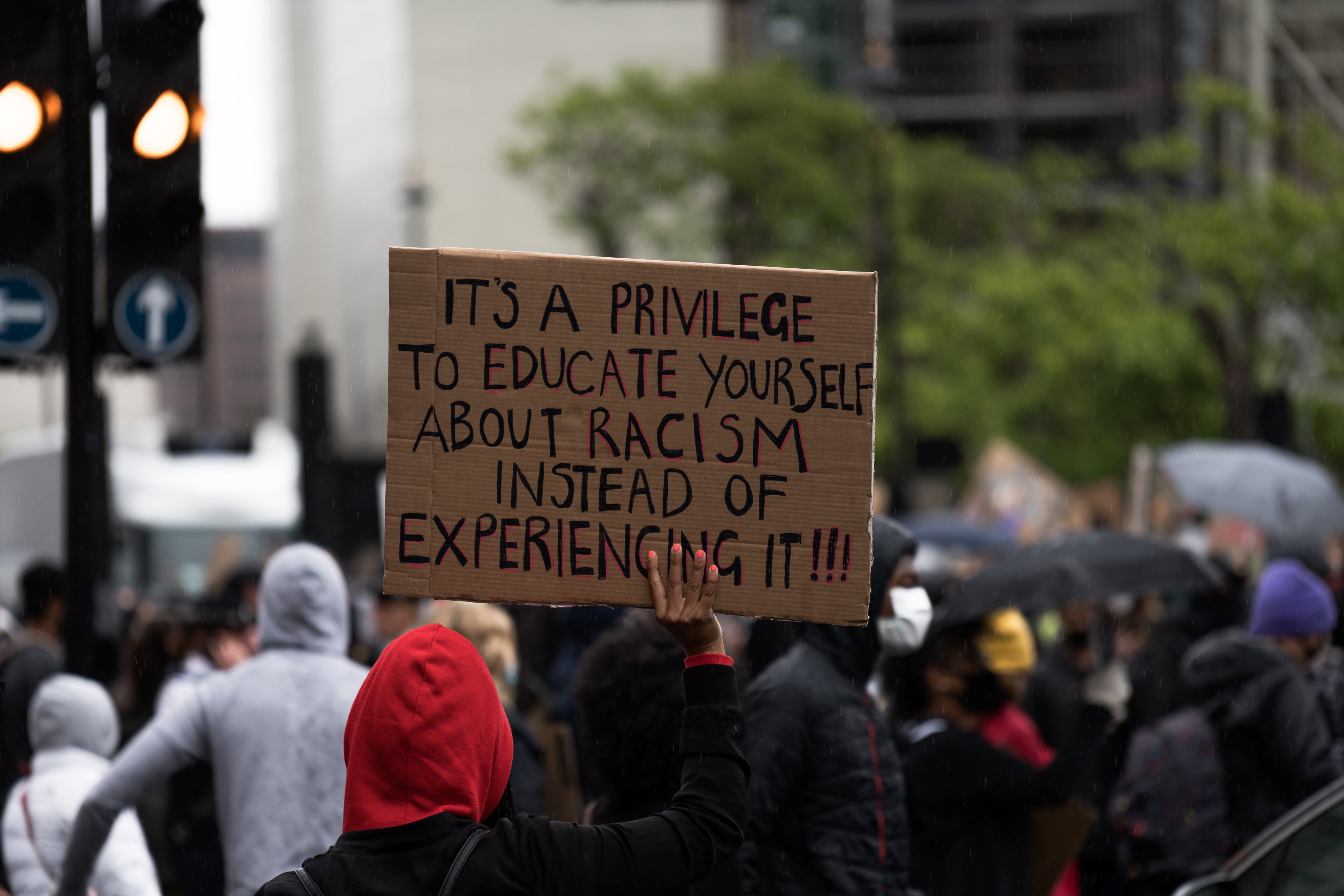- The Meaning of Critical Thinking: A Key Skill for Navigating Today’s Information Landscape - November 3, 2025
- Grandparents Can Develop Activist Grandchildren - September 29, 2025
- Top Six Reasons Credit Union Benefits Are a Smart Choice Over Banks - August 18, 2025
Last Updated on October 23, 2024
In the struggle for racial equality, civil rights activism has been an undeniable force. From the iconic marches of the 1960s to the creative activism of today, activists have challenged the status quo and demanded justice.
In this post, I review the impact of civil rights activism, then move to modern efforts for racial justice. Finally, I show you how to get involved in the fight.
The History of Civil Rights Activism
Milestones in Civil Rights Activism
From the Montgomery Bus Boycott led by Rosa Parks to the Selma to Montgomery marches organized by Dr. Martin Luther King Jr., these iconic events and people have become touchstones of the civil rights movement.

Many courageous individuals risked their lives and faced violent opposition to challenge systemic racism. My friend Gordon Gibson, author of Southern Witness was at Selma and other ’60s protests. Now he takes people on civil rights pilgrimages.

I was fortunate to join Gordon Gibson on one of his Living Legacy Pilgrimages. Learn more about the tour and how the experience changed me.
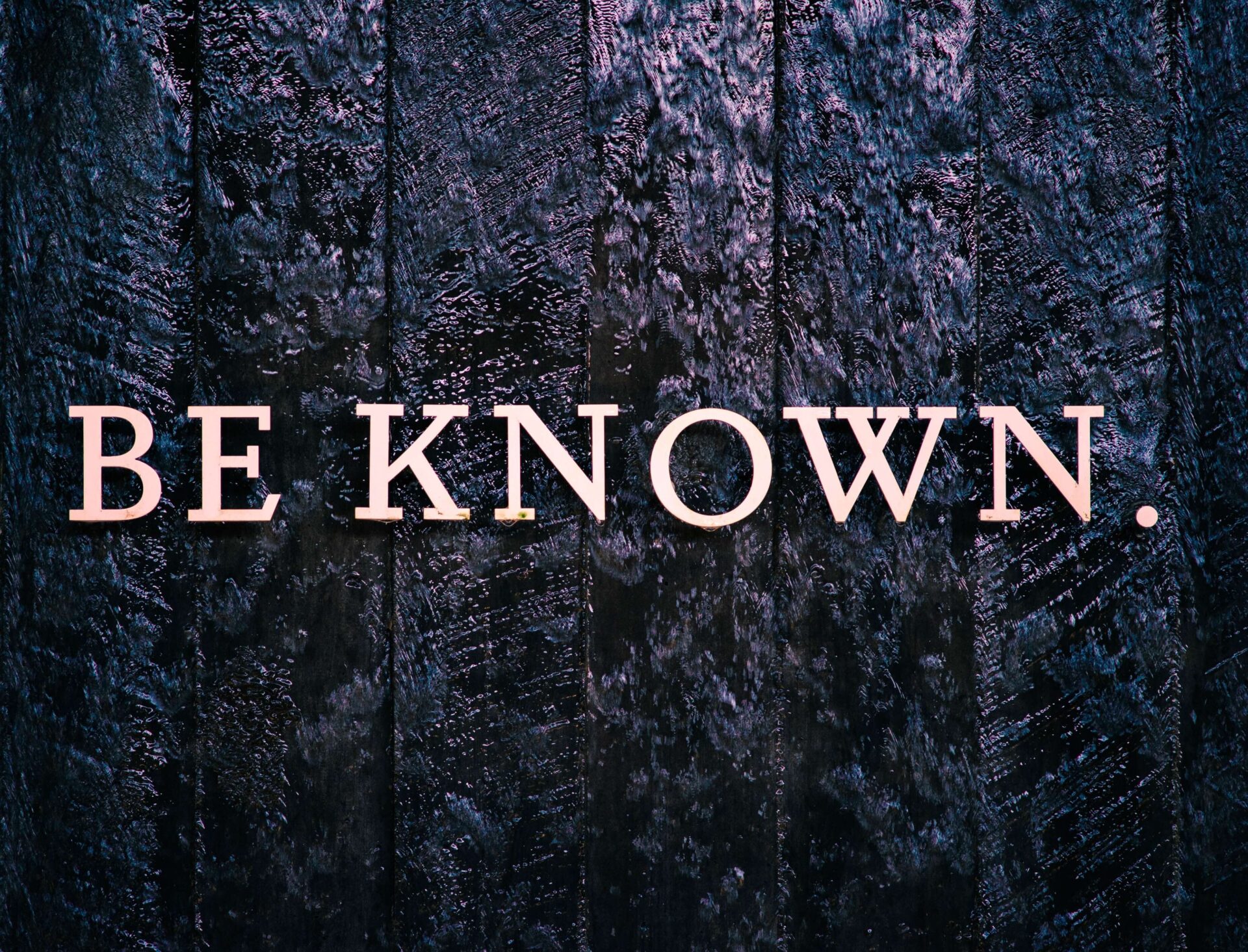

Activists Sparky and Rhona Rucker keep civil rights history alive through their music.
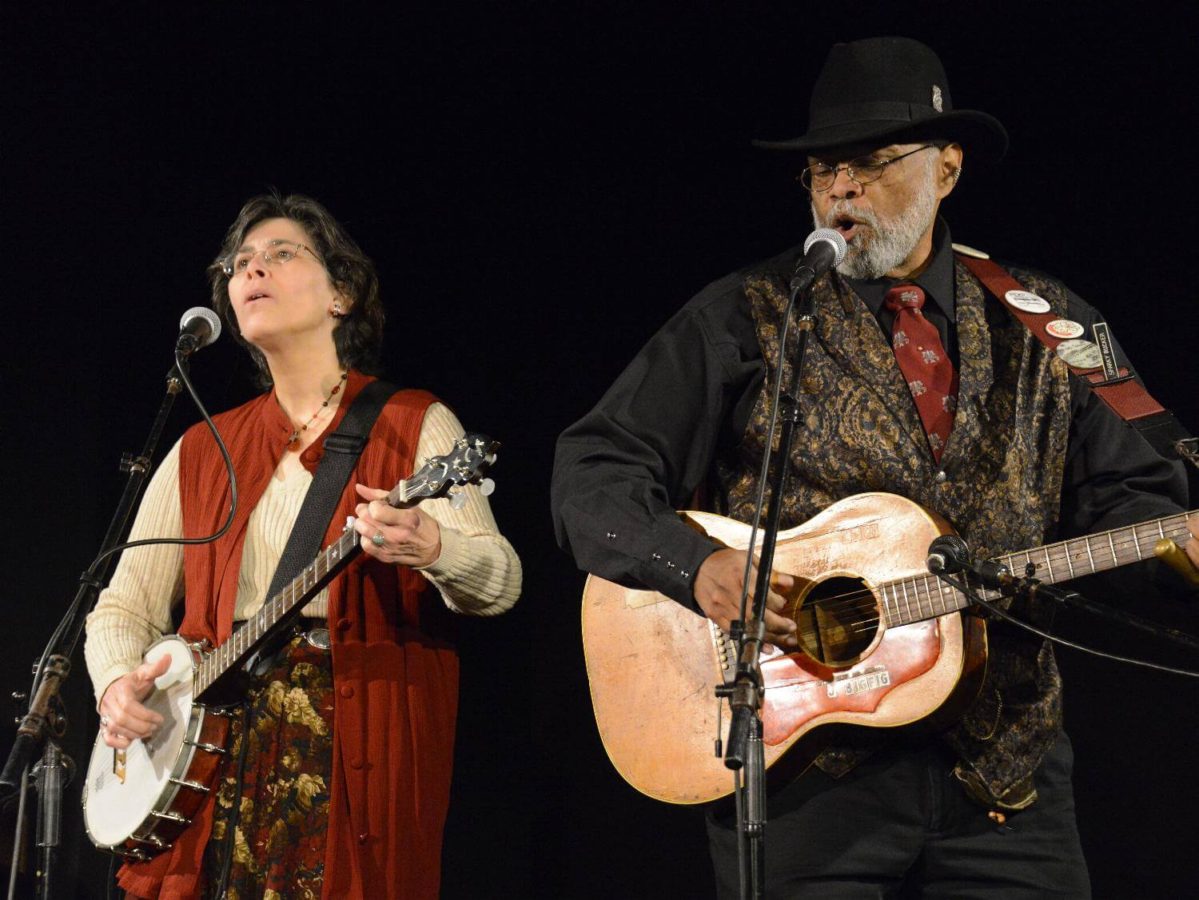
The Power of Nonviolent Resistance in Civil Rights Activism
Mahatma Gandhi’s nonviolent resistance inspired the civil rights movement. The philosophy of nonviolence has been a strategic tactic in civil rights activism and a moral imperative rooted in the belief that love and compassion can overcome hate and oppression. Sit-ins and freedom rides showed how effective nonviolent resistance could be.
Activist Sparky Rucker was a child when he and his family gathered in front of a Knoxville department store to demand equal access. Because it was illegal to protest, they held a ‘pray-in’ instead. It worked.
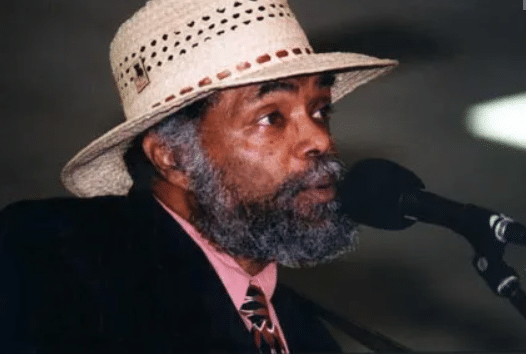
The Legacy of Civil Rights Activism
The legacy of the ’60s continues to shape modern society. The desegregation of schools, the dismantling of discriminatory laws, and the increased representation of marginalized communities in positions of power are all direct results of the tireless efforts of civil rights activists. However, the work is far from over. And as Erin Aubry Kaplan comments in her Yes Magazine article, young activists in Black Lives Matter (BLM) are changing the movement:
“BLM became the breeding ground of a new crop of Black activists who were young, digitally oriented, and disconnected from traditional civil rights models that emphasized community services and working with the white establishment over time to achieve racial justice. That model clashed with the new urgency of the 21st century, as so many longstanding problems rooted in injustice, from racism to climate change, were (and still are) converging and reaching a point of no return.”
Racial inequality and systemic racism persist, and we must continue to fight. New approaches can push progress.
Modern Civil Rights Movements
The fight for civil rights in the United States and worldwide is long and ongoing. Here are the modern civil rights movements.
Police Brutality and Racial Profiling
Police brutality and racial profiling are overt examples of systemic racism. People of color are disproportionately targeted by police, and they are more likely to be killed or injured by police.
The Black Lives Matter movement has galvanized millions of people worldwide to protest. Black Lives Matter is a decentralized movement that began in 2013 in response to the acquittal of George Zimmerman in the shooting death of Trayvon Martin. The movement has since grown into a global force for change, demanding an end to police brutality and racial injustice.
The movement has significantly impacted public discourse about race and policing. It has also led to concrete changes, such as new laws and policies for police reform.
Justice System Reform
The United States has the highest incarceration rate in the world, and people of color are disproportionately represented in the prison population. Justice system reform activists have also called for an end to the death penalty and for creating more diversion programs that would keep people out of the criminal justice system.
Better police training can keep people experiencing a mental health crisis out of the justice system and allow them to get treatment instead. Some communities have implemented crisis intervention teams made up of police officers and mental health professionals. As activist Trish Lockard says, the pandemic has made these efforts increasingly important:
Despite the fact that 1 in 5 adults in the US has a mental health diagnosis, 1 in 6 children and teens do as well, and 8.4 million of us are caregivers to someone with a mental illness—despite those stats—many people have never before dealt with any form of mental illness, even those as ubiquitous as anxiety and depression. At least not until 2020.

Fortunately, justice system reform efforts are paying off. For example, several states have passed reforms that have reduced the number of people incarcerated, and there is growing public support for these changes.
Bryan Stevenson is a major driver of justice system reforms. He founded the Equal Justice Initiative, which provides legal representation to those unlawfully incarcerated as well as poor people needing help navigating the justice system. His bestselling book, Just Mercy: A Story of Justice and Redemption, was made into a major motion picture starring Michael B. Jordan and Jamie Foxx.
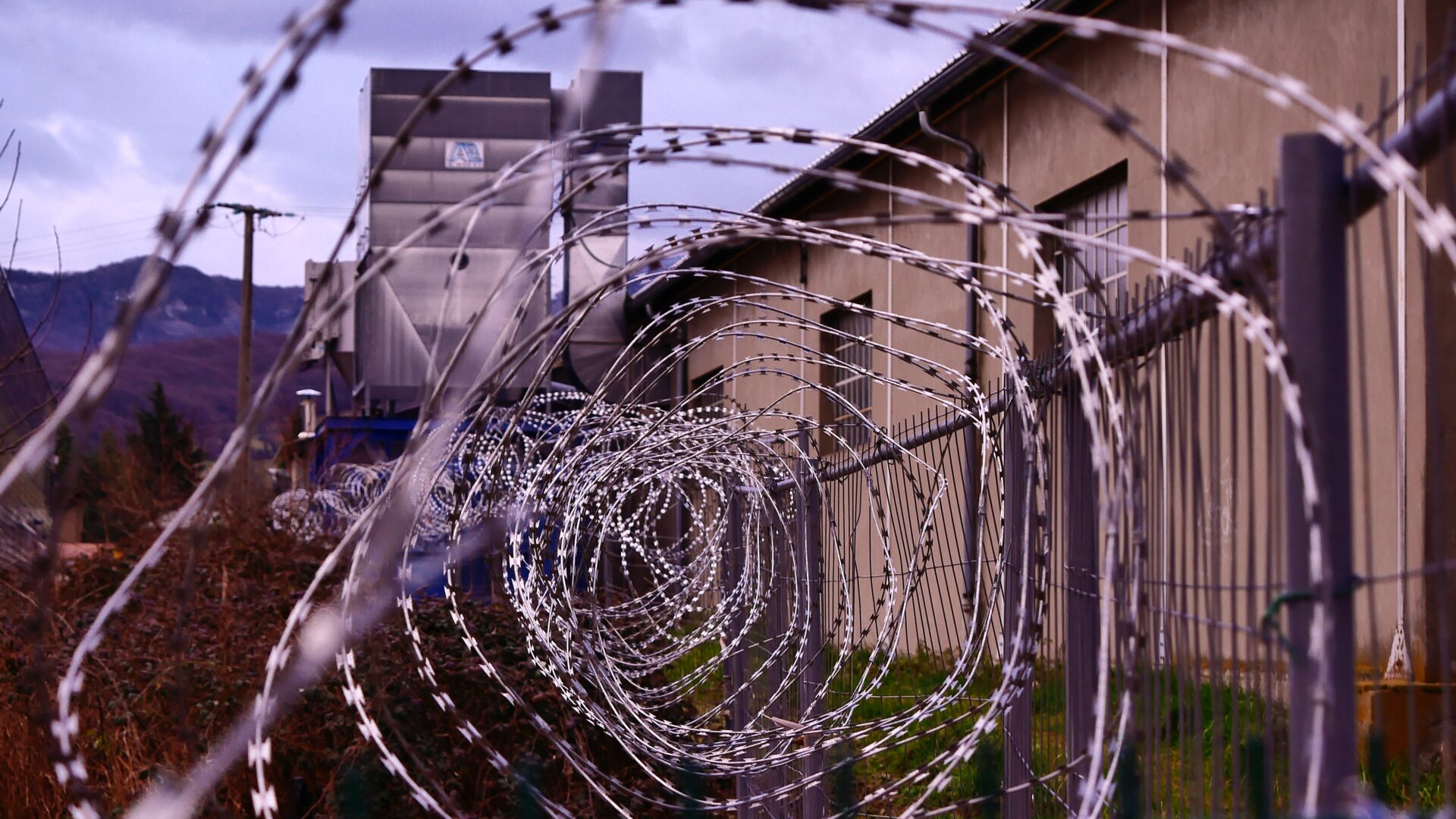
Voting Rights
Voting is a fundamental right in the United States but is under attack. In recent years, there has been a surge in efforts by Republicans to restrict voting, particularly among people of color.
Here are some of the current voting rights issues:
- Voter identification laws require voters to show an ID at the polls. These laws have been shown to disproportionately disenfranchise minority voters, who are less likely to have the necessary ID.
- Early voting and absentee voting allow voters to cast their ballots before Election Day. Working people, students, and people with disabilities favor this option. However, some states have made it more challenging to vote early or absentee.
- Voter roll purges remove voters from the rolls. Republicans conduct these purges without adequate notice to voters.
- Gerrymandering is the manipulation of electoral districts to favor the Republican party. This practice makes it more difficult for minority voters to elect candidates.
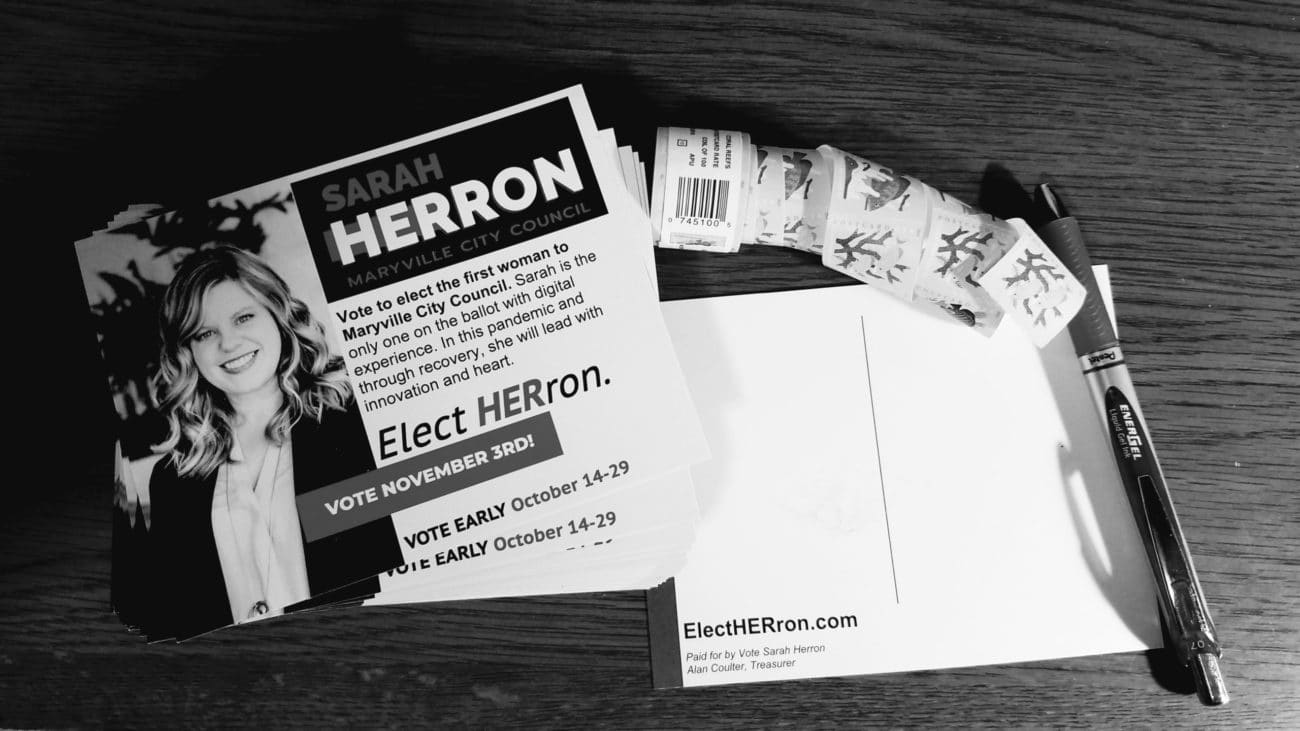
Economic Justice
Economic justice occurs when everyone can succeed economically, including good jobs, affordable housing, and quality healthcare. This is critical because when people are economically insecure, they are more likely to live in poverty, experience violence, and have poor health. They are also less likely to participate in civic life and to have a voice in their government.
There are many ways to achieve economic justice. Some of the most important include:
- Raising the minimum wage would ensure that everyone working full-time can earn a living wage. A living wage allows you to meet your housing and other basic needs and is based on your community.
- More affordable housing for people to find a safe and stable place to live.
- Affordable healthcare so everyone has access to the healthcare they need.
- Protecting consumers from predatory lending. This would prevent people from being taken advantage of by lenders.
- Education and job training to help people develop the skills they need to get good job.
Credit unions help the underserved get access to loans and avoid predatory lending. But they also are a good choice for wealthier people because their mission is to serve you–not shareholders.

What White People Can Do to Support People of Color
Racism is a systemic problem that has a devastating impact on people of color. What should you do if you are a white person ready to support racial equality?
Step back. First, realize that this fight is not new. We must not tread on the work done by people who have long fought for racial equality. Our voices must not drown out the more critical voices of those impacted directly.
Second, evaluate your privilege. The BuzzFeed quiz, “How Privileged Are You?” isn’t a scientifically developed survey but enlightening. Take a moment to test your privilege: BuzzFeed Quiz: How Privileged Are You?
Finally, if you are a white person ready to support racial justice, visit Showing Up For Racial Justice to start. SURJ has resources, such as this guide to White Supremacy Culture guide. You can search for local SURJ chapters.
Learn more about what white people can do to support people of color and to help fight against racism:
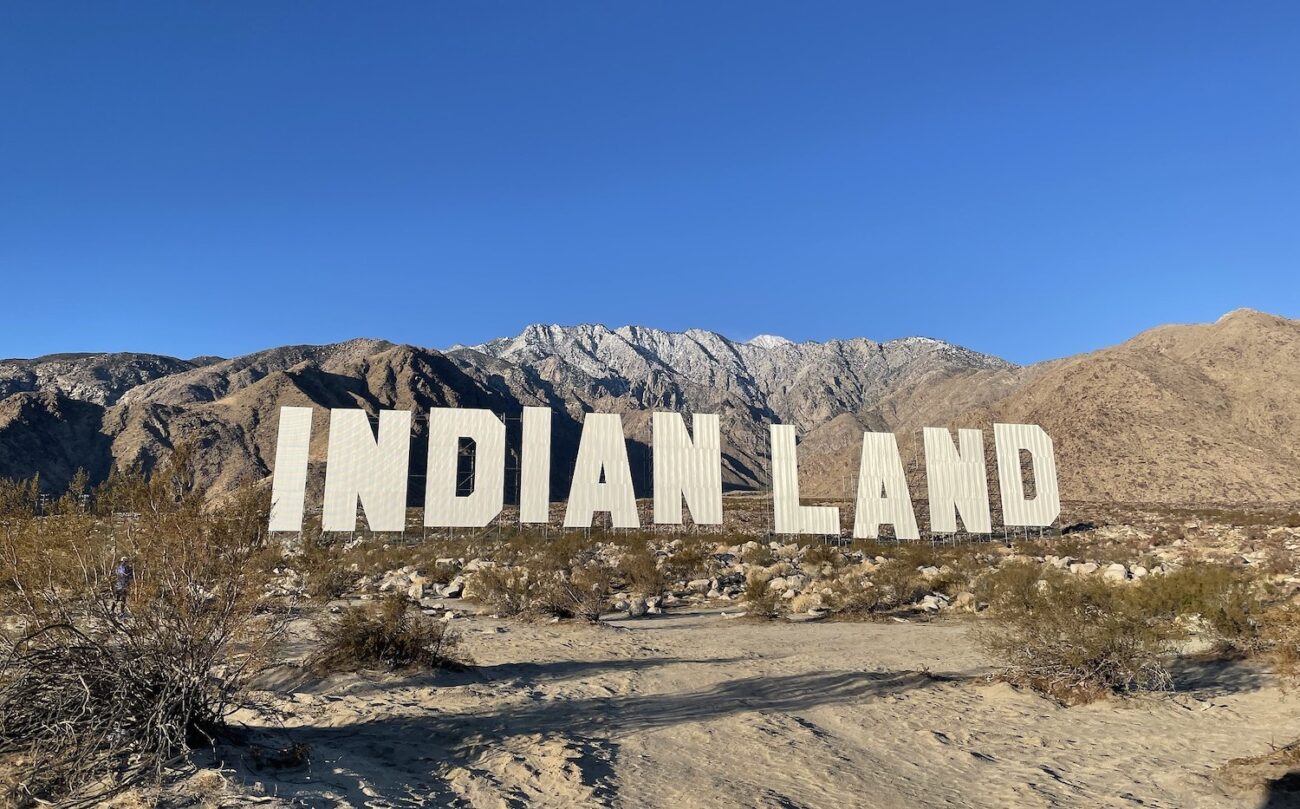
Get Involved
Civil rights activism remains as essential as ever, and it is up to us to actively engage in the ongoing fight for racial equality. That may be getting deeply engaged or by being an ally.
Deep Engagement
Take a thoughtful approach to getting started in activism. You’ll be more motivated and effective.
Start your journey on the 5-step Activism Path.
-
Match your skills with the type of activism work that best suits you.
-
Find an activism opportunity that works for your life.
-
Stay motivated in your activism for the long-term.
Mobilization
Even if racial equality isn’t the cause closest to your heart, you can support the cause, a process I call mobilization.
Artist Carl Gombert mobilizes to support many causes, and I love the creative way he teaches us about racism.
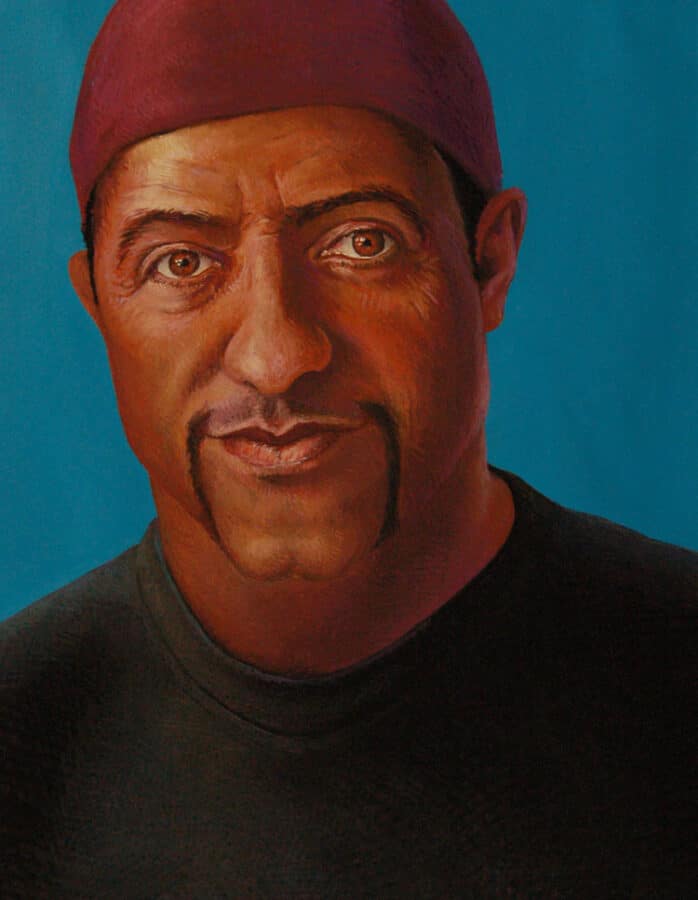
Ready to mobilize? Here are ideas:
Educate yourself about racism. This means learning about the history of racism in the United States, the different forms of racism that exist today, and the impact that racism has on people of color.
Talk to your friends, family, and colleagues about racism. This is a crucial way to raise awareness about racism and challenge racist ideas. When you talk to people about racism, listen to their experiences and respect their perspectives. A resource for having these conversations is Janet Given’s LEAPFROG: How to hold civil conversations in an uncivil era.
Support organizations like the ones listed below that are working to fight against racism. You can donate money, volunteer, or spread awareness about their work.
- The Living Legacy Project
- Equal Justice Initiative
- The American Civil Liberties Union
- The Southern Poverty Law Center
- Color of Change
Be an ally to people of color. This means listening to their experiences, believing them, and supporting them.
READ NEXT
From Awareness to Action: Empowering People to Make a Difference in Social Justice
